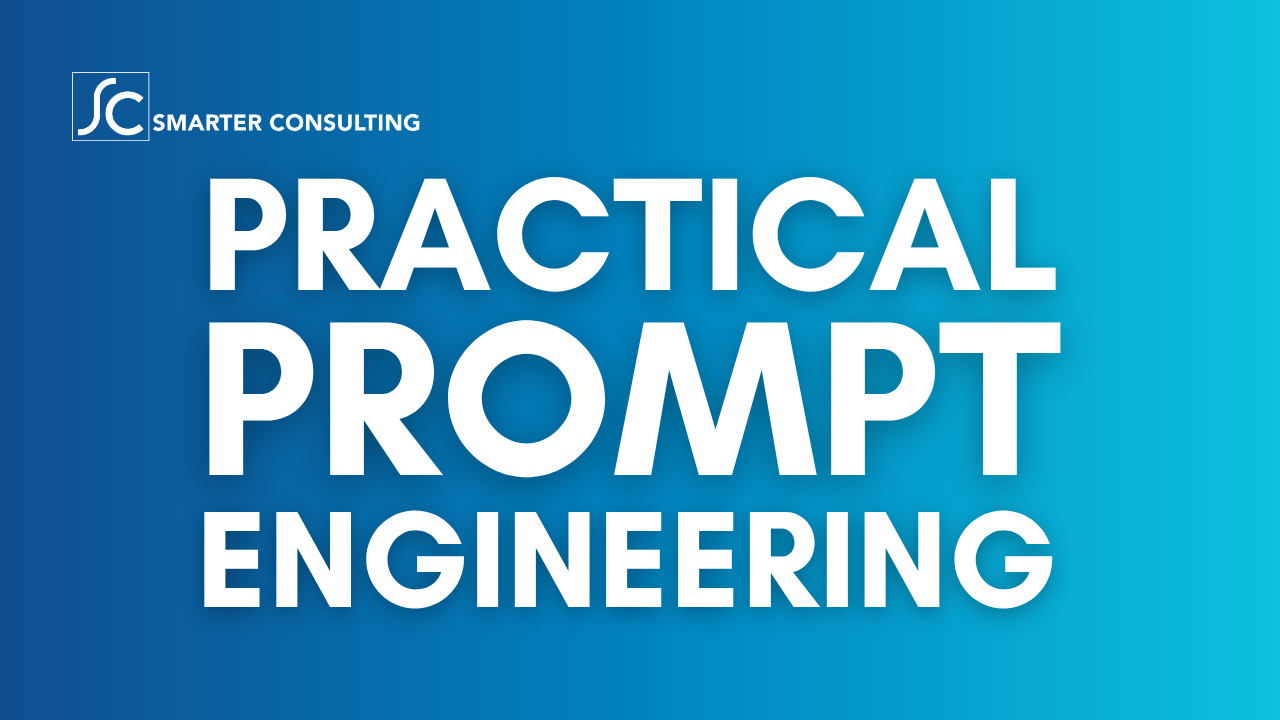Content Strategy: Refining Messaging and Positioning
In the ever-evolving landscape of digital marketing, content strategy stands at the forefront of effective communication and customer engagement. In this article, part of the “Putting Content at the Center of Your Marketing Strategy” series, we explore the critical aspects of refining messaging and positioning. Clear, concise messaging and strategic positioning are key to differentiating your brand and connecting with your target audience. Building on my previous articles on defining personas and mapping the customer journey, we will explore how to craft messages that resonate and position your brand uniquely in the market.
 Messaging in marketing refers to the way you communicate your brand’s value proposition, benefits, and key differentiators to your audience. It’s the core of what you say and how you say it. Clear and concise messaging is vital because it cuts through the noise and delivers a compelling narrative that captures your audience’s attention. However, many businesses fall into the trap of using industry jargon or getting lost in the hype, which can obscure their true value.
Messaging in marketing refers to the way you communicate your brand’s value proposition, benefits, and key differentiators to your audience. It’s the core of what you say and how you say it. Clear and concise messaging is vital because it cuts through the noise and delivers a compelling narrative that captures your audience’s attention. However, many businesses fall into the trap of using industry jargon or getting lost in the hype, which can obscure their true value.
Crafting Effective Messaging
- Know Your Audience: Understanding your audience is paramount. Refer to the personas you’ve developed (as discussed in our “Defining Personas” article) to tailor your messages. Each persona represents a segment of your target audience with specific needs, pain points, and preferences.
- Focus on Benefits: Highlight the benefits of your product or service rather than just listing features. Explain how it solves problems or improves the lives of your customers. This approach makes your message more relatable and compelling.
- Be Authentic: Authenticity builds trust. Maintain a genuine voice that reflects your brand’s personality and values. Avoid exaggerations and stay true to what you can deliver.
Importance of Positioning
Positioning is how you differentiate your brand in the minds of your customers relative to your competitors. It’s about defining your unique value and ensuring that your target audience understands why they should choose your product or service over others. Effective positioning helps to carve out a distinct place in the market and reinforces your brand’s unique attributes. Here are some key steps to developing your positioning strategy:
- Analyze the Market and Competitors: Conduct a thorough market analysis to identify your direct and indirect competitors. Understand their strengths and weaknesses to see where you can stand out.
- Determine Your Unique Selling Proposition (USP): Your USP is what sets your product or service apart. It could be superior quality, innovative features, exceptional customer service, or unique technology. Clearly define what makes your offering unique.
- Craft Your Positioning Statement: Develop a concise positioning statement that encapsulates your brand’s core values and benefits. Ensure it clearly communicates your USP and resonates with your target audience.
Aligning Messaging and Positioning
Consistency is key in aligning your messaging and positioning. All marketing channels—whether social media, website content, emails, or advertisements—should convey a unified message that reflects your positioning strategy. This alignment reinforces your brand’s identity and ensures that customers receive a coherent and compelling narrative.
- Regular Reviews: Periodically review and update your messaging and positioning to keep them relevant. Market dynamics change, and your strategy should evolve accordingly.
- Team Alignment: Ensure all team members understand and implement the strategy consistently across all touchpoints. Internal alignment is crucial for external consistency.
Testing and Refining Your Strategy
Continuous improvement is essential for effective messaging and positioning. Employ various methods to test and refine your strategy:
- A/B Testing: Experiment with different messages to see which resonates more with your audience. Use the results to refine your messaging.
- Customer Feedback: Actively seek feedback from your customers. Their insights can highlight areas for improvement and help fine-tune your strategy.
- Engagement Metrics: Analyze engagement metrics to gauge the effectiveness of your messaging. Metrics like click-through rates, conversion rates, and time spent on content can provide valuable insights.
Iterating Based on Data
Remember that these first attempts are about learning what works and what doesn’t. Iterate as you go, incorporating your learning into the next version. Use the data gathered from testing and feedback to make informed adjustments to your messaging and positioning. This iterative process ensures that your strategy remains dynamic and responsive to audience needs and market changes.
Refining your messaging and positioning is not a one-time task but an ongoing process. By maintaining clarity, understanding your unique value, and consistently aligning your communication, you can effectively differentiate your brand and connect with your audience. Implement the strategies discussed here to enhance your content marketing efforts and stay tuned for the next article in our series.
I’d love to hear about your experiences. Share your thoughts and questions in the comments below. For more insights, check out the other articles in my “Putting Content at the Center of Your Marketing Strategy” series.





2 Responses
[…] Content Strategy: Refining Messaging and Positioning [blog] […]
[…] journey is essential. It’s the bridge between your customer personas and developing effective messaging and positioning. By mapping the customer journey in detail, businesses can create targeted content that resonates […]